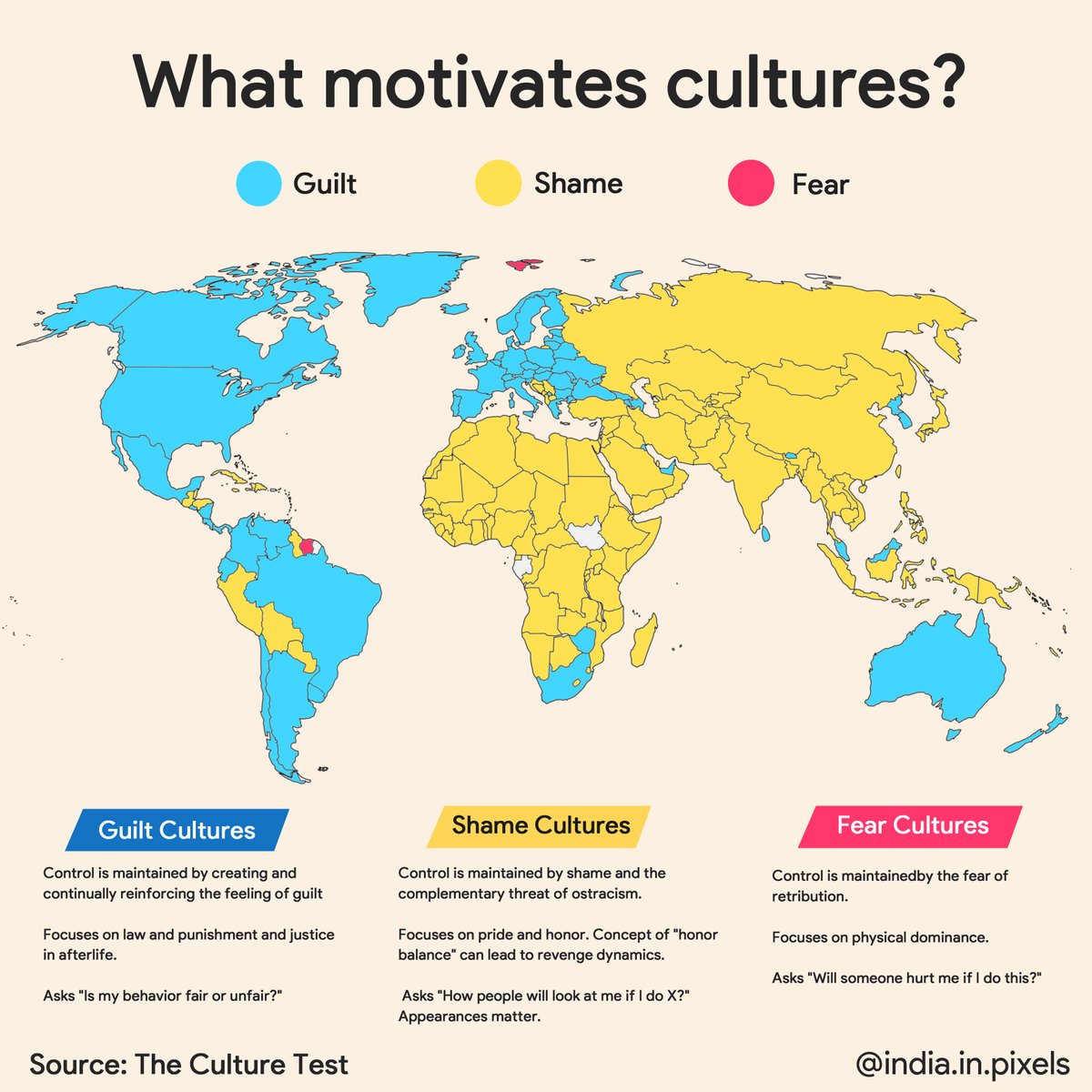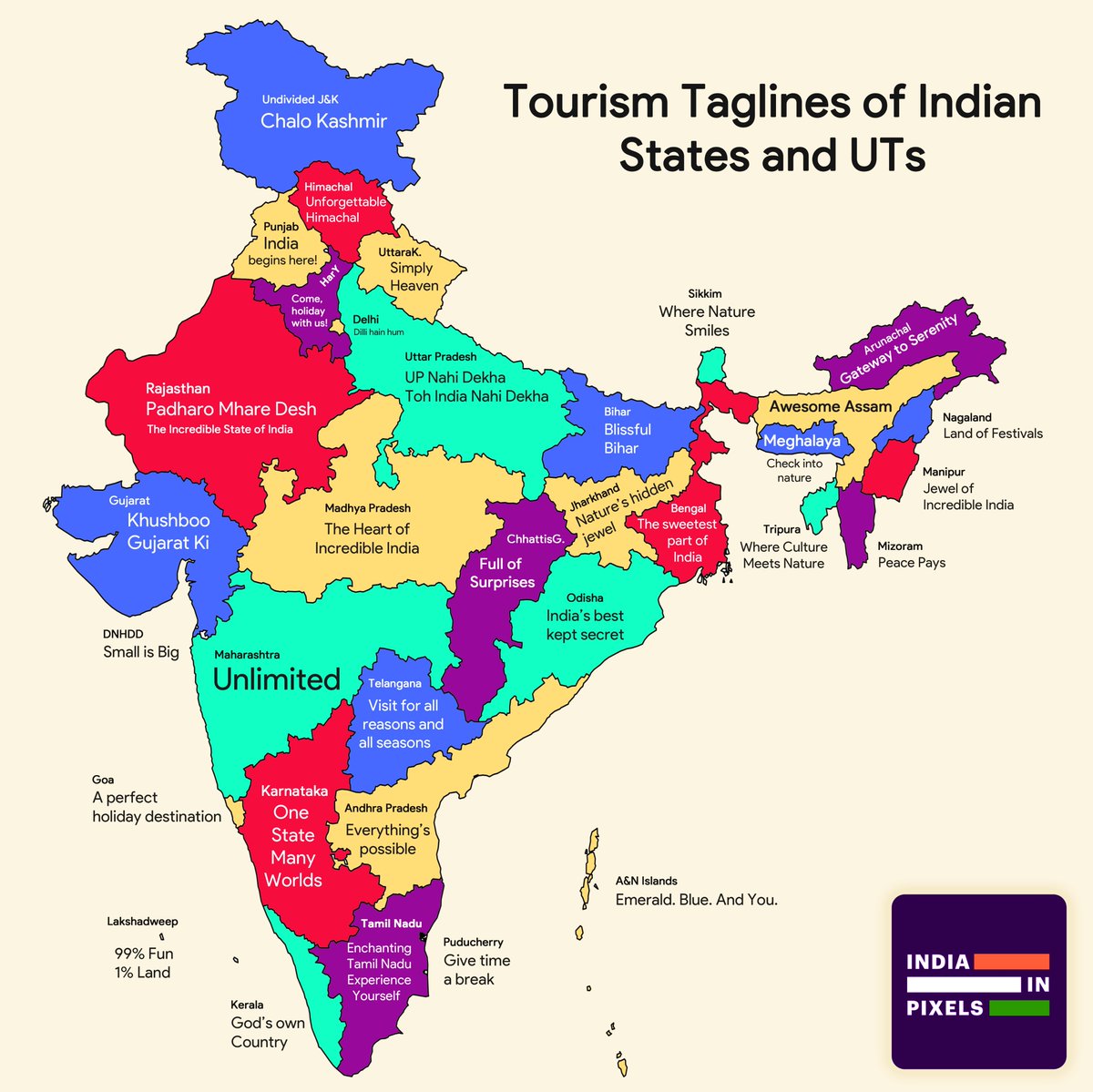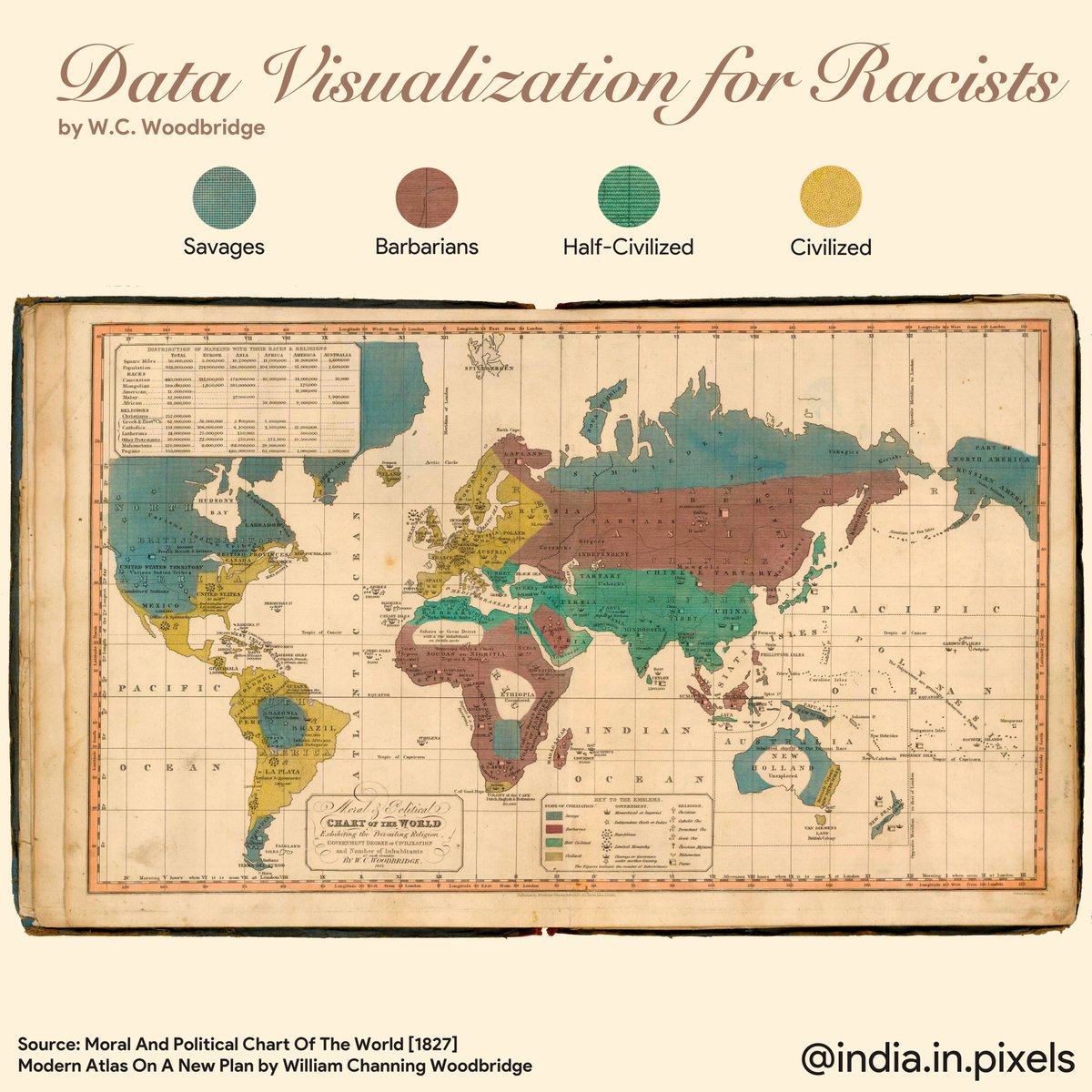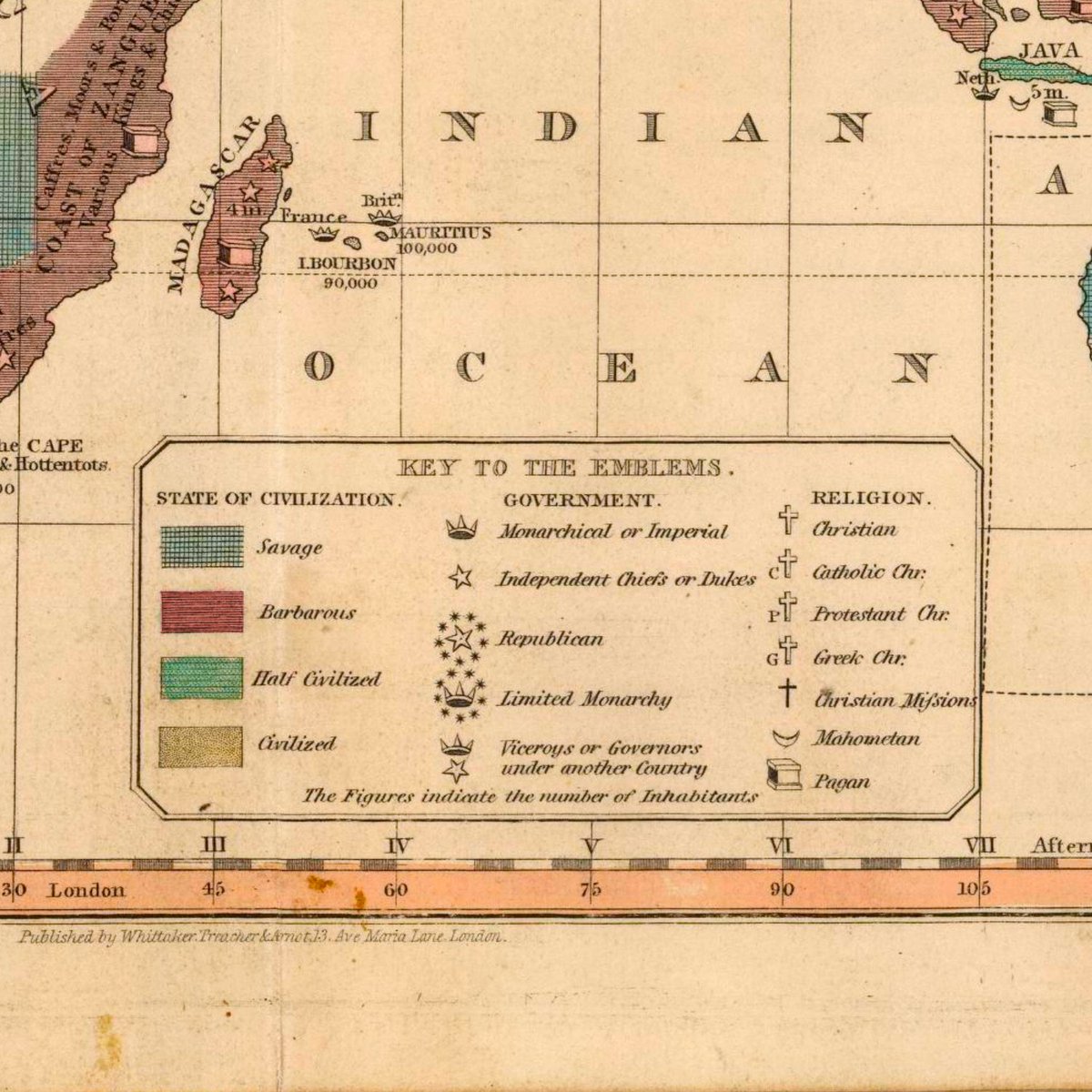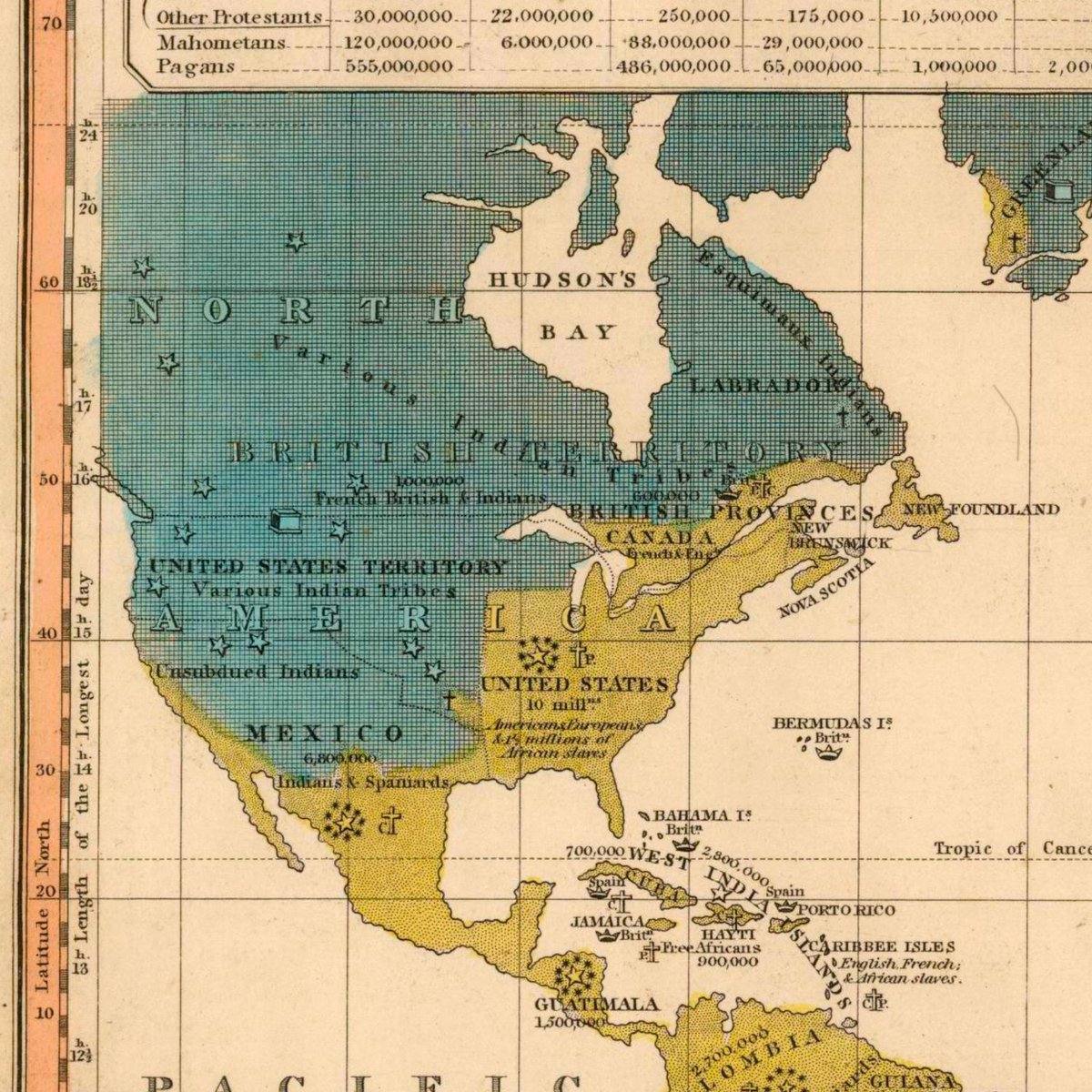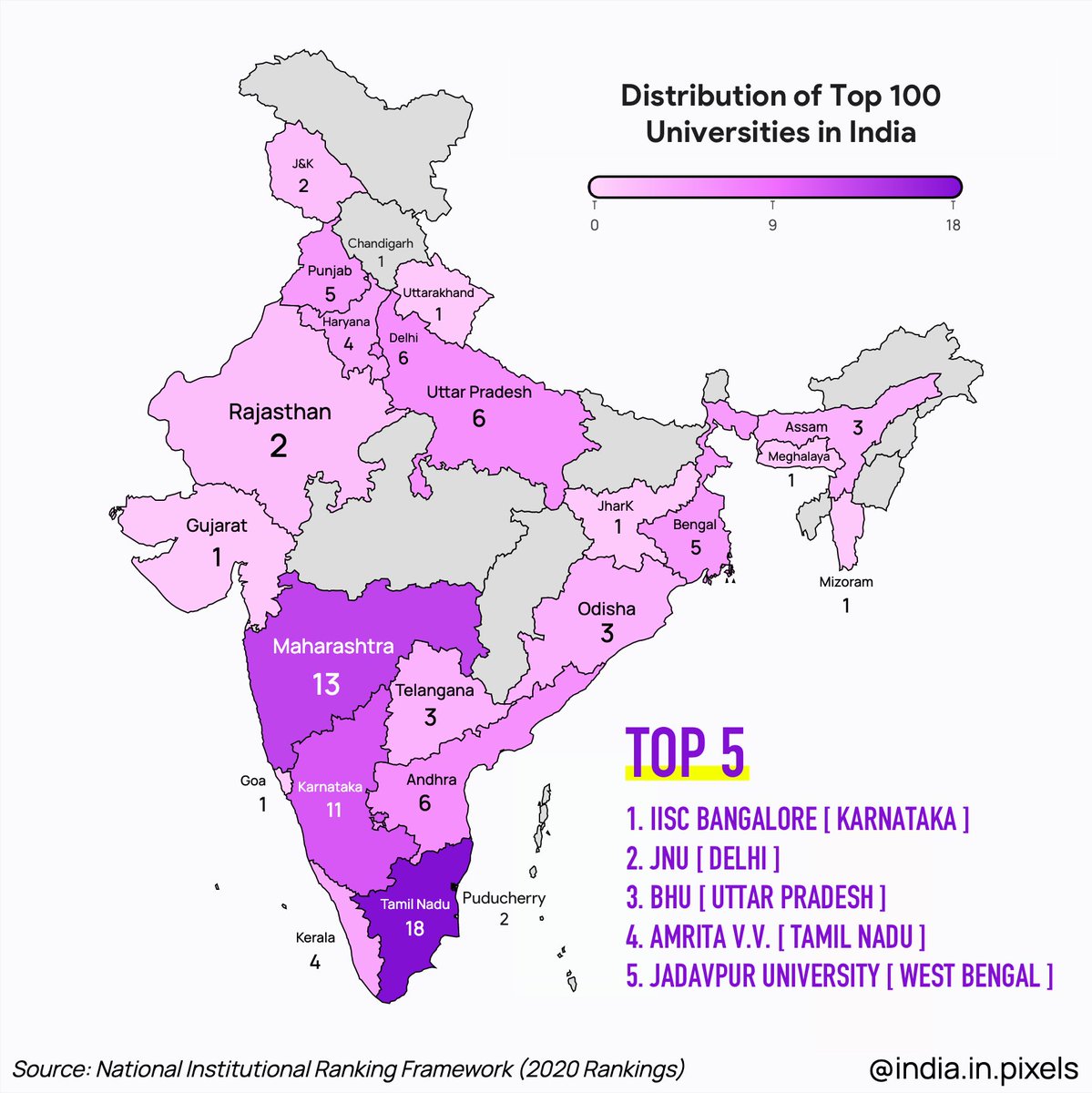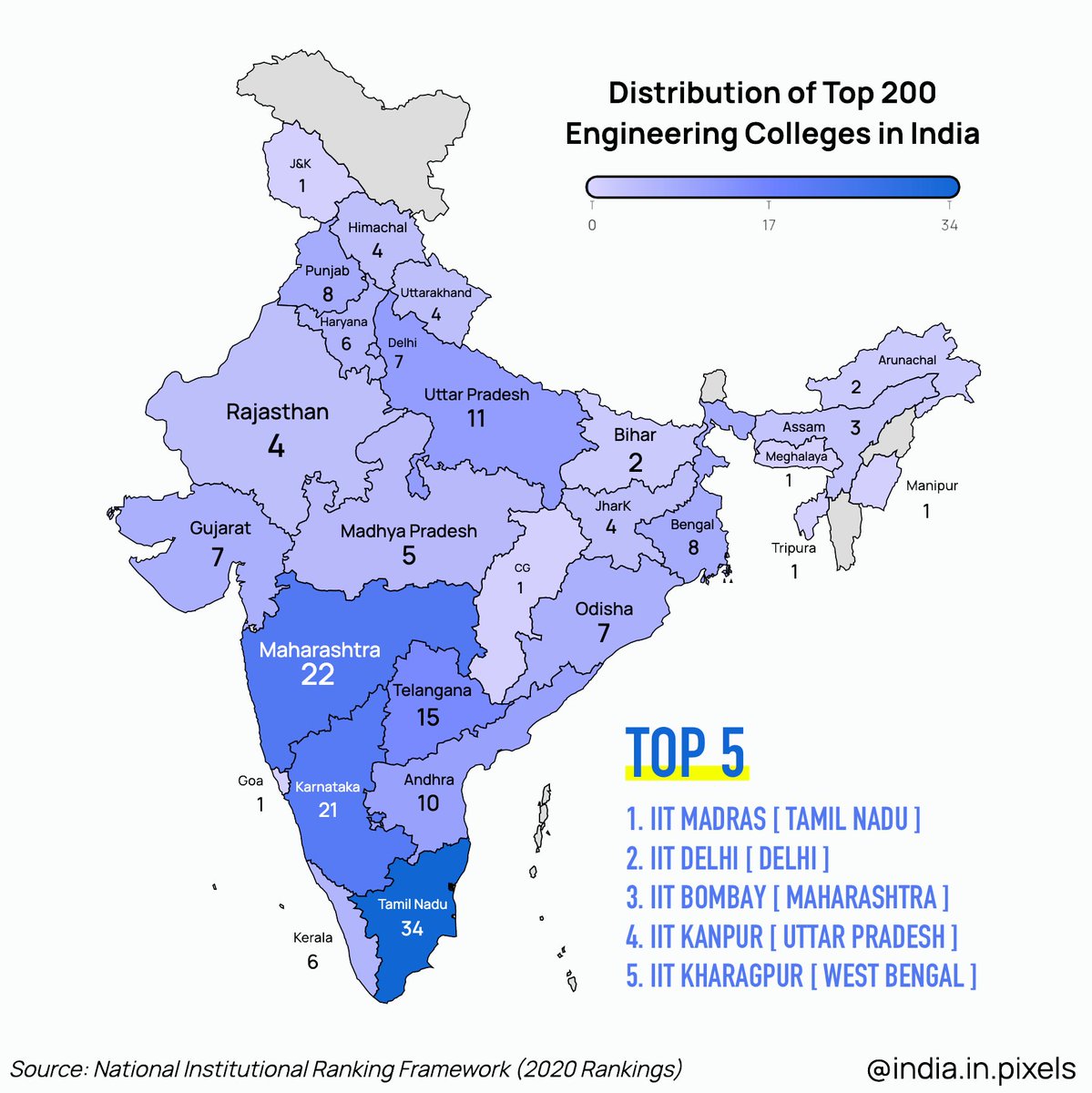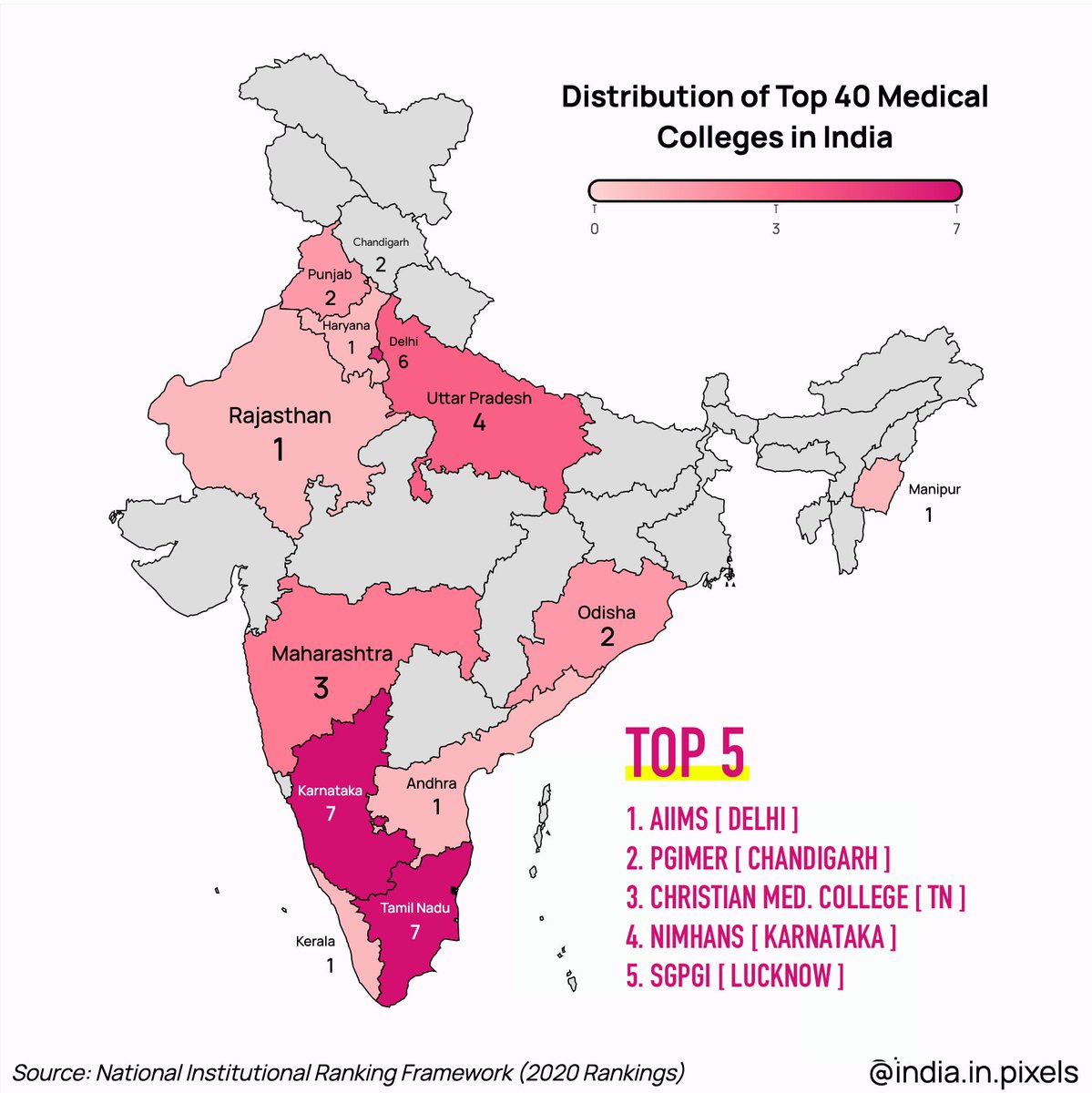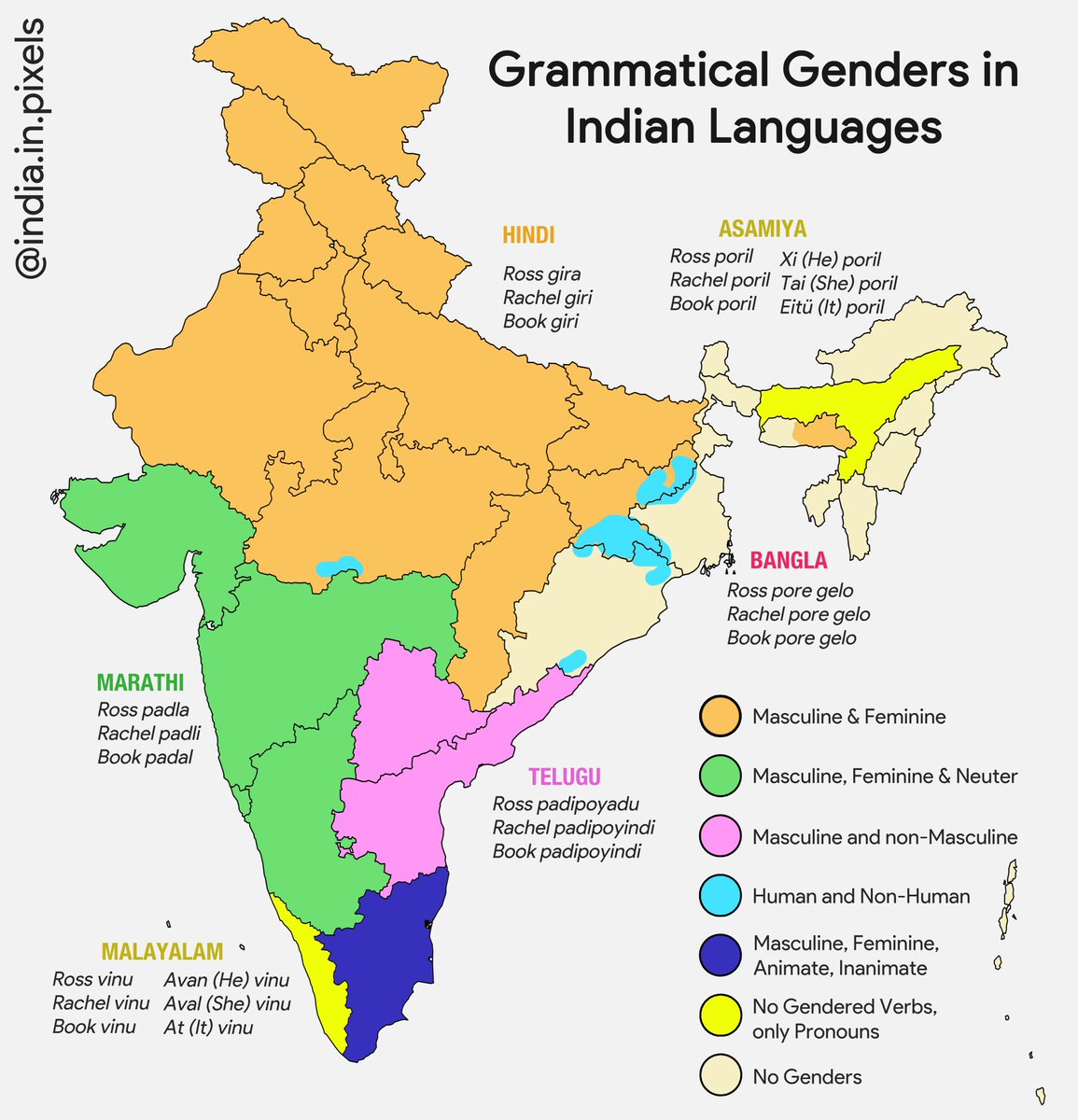
The war of 1971 that was a culmination of two wars - the Bangladesh Liberation War and the Indo-Pak war is an important case study for geopolitics. 

Despite producing 59% of the country’s exports, East Pakistan got just 30% of imports and only 25% of industrial investments. When the Bhola Cyclone killed 300,000 people in East Pakistan, West Pakistan just shrugged it off.
In 1970, West Pakistan announced the country would hold an election for the first time since independence. While West Pakistan’s votes were split between different parties, an overwhelming majority of votes in East Pakistan went to the Awami League.
Shocked by the results and what they meant for the stability of the country, West Pakistan instituted martial law. Riots and strikes erupted across East Pakistan, with Awami League announcing the start of a civil disobedience movement.
On March 25, Awami League Leader was arrested and 60-80,000 West Pakistani soldiers, who had been infiltrating East Pakistan for several months, began what would be known as Operation Searchlight, the massacre of Bengali civilians by Pakistani soldiers.
Estimates for the total number of deaths range from 500,000 to over 3 million. Pakistani soldiers perpetrated most of the brutal attacks, many wielding weapons supplied by the U.S. since Pakistan was considered an American ally.
When Australian doctor Geoffrey Davis was brought to Dhaka by the United Nations to assist with late-term abortions of raped women, at the end of the war, he believed the estimated figure for the number of Bengali women who were raped—200,000 to 400,000—was probably too low.
The multiple requests by CMs of West Bengal, Tripura, and Assam forced our PM Indira Gandhi to instruct Chief of the Army Staff General Sam Manekshaw to "Go into East Pakistan".
Bangladesh was divided into eleven sectors in July, each with a commander chosen from defected officers of the Pakistani army who joined the Mukti Bahini (The Liberation Wing) to conduct guerrilla operations and train fighters.
By November 1971, it was certain that an Indian-Pakistani war is inevitable. The Soviet Union reportedly warned Pakistan against the war, which they termed as "suicidal course for Pakistan's unity." Despite this warning, Pakistani sentiments were strong.
On 3 December, PAF launched surprise pre-emptive strikes on 11 airfields in NW India, including Agra, which was 480 km from the border. Taj Mahal then had been camouflaged with a forest of twigs and leaves, because its marble glowed like a white beacon in the moonlight.
What followed next was the face-off of the superpowers. The US saw Pakistan as an ally which could help control Soviet influence in South Asia. In an attempt to befriend China, it sought her help to tackle India.
While India was taking down Pakistan on land, air, and sea - taking down Pakistan's naval bases and offering a strong resistance, the United States was plotting an attack on India from the South with the help of Britain and help from the Arab nations.
The Pakistani military was being bolstered by aircraft from Jordan, Iran, and Turkey. Moral and military support was provided by the US, China, and UK. The UAE sent in half a squadron of fighter aircraft and the Indonesians dispatched at least 1 naval vessel to the Pakistani Navy
India had signed a friendship treaty with the Soviet Union which is why USSR was there to support India. It was solely because of USSR that the British and American aircraft carriers backed off and China was wary of attacking India from the North, fearing counter-attack from USSR
The Indian Army took 93K Pakistani prisoners, and 75M people of Bangladesh got their independence. Pakistan had lost 8000 soldiers with 25K wounded while India lost 3K and 12K wounded. Thus, a new Bengali nation free from their tyrannical Western rulers was born.
• • •
Missing some Tweet in this thread? You can try to
force a refresh

